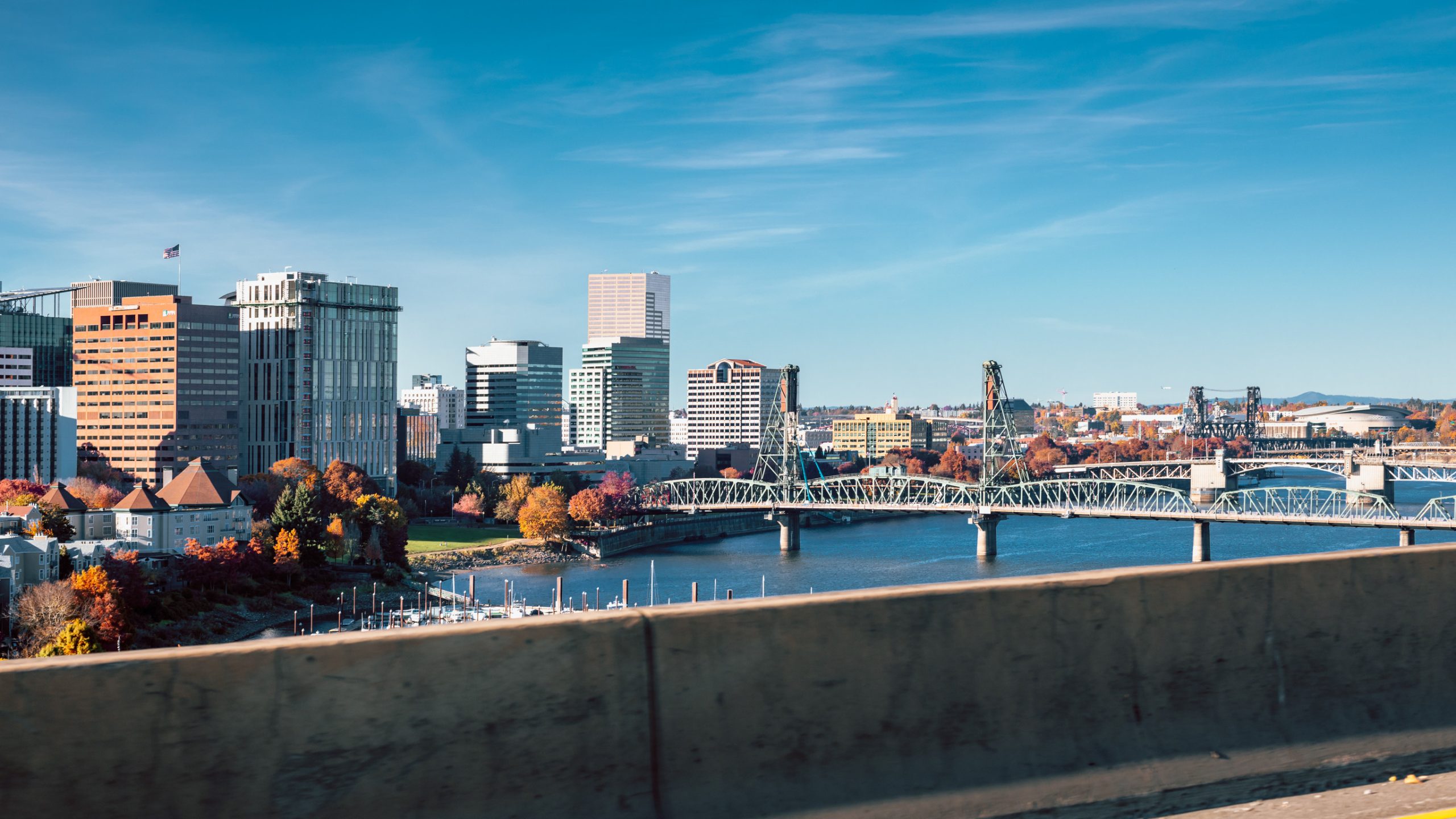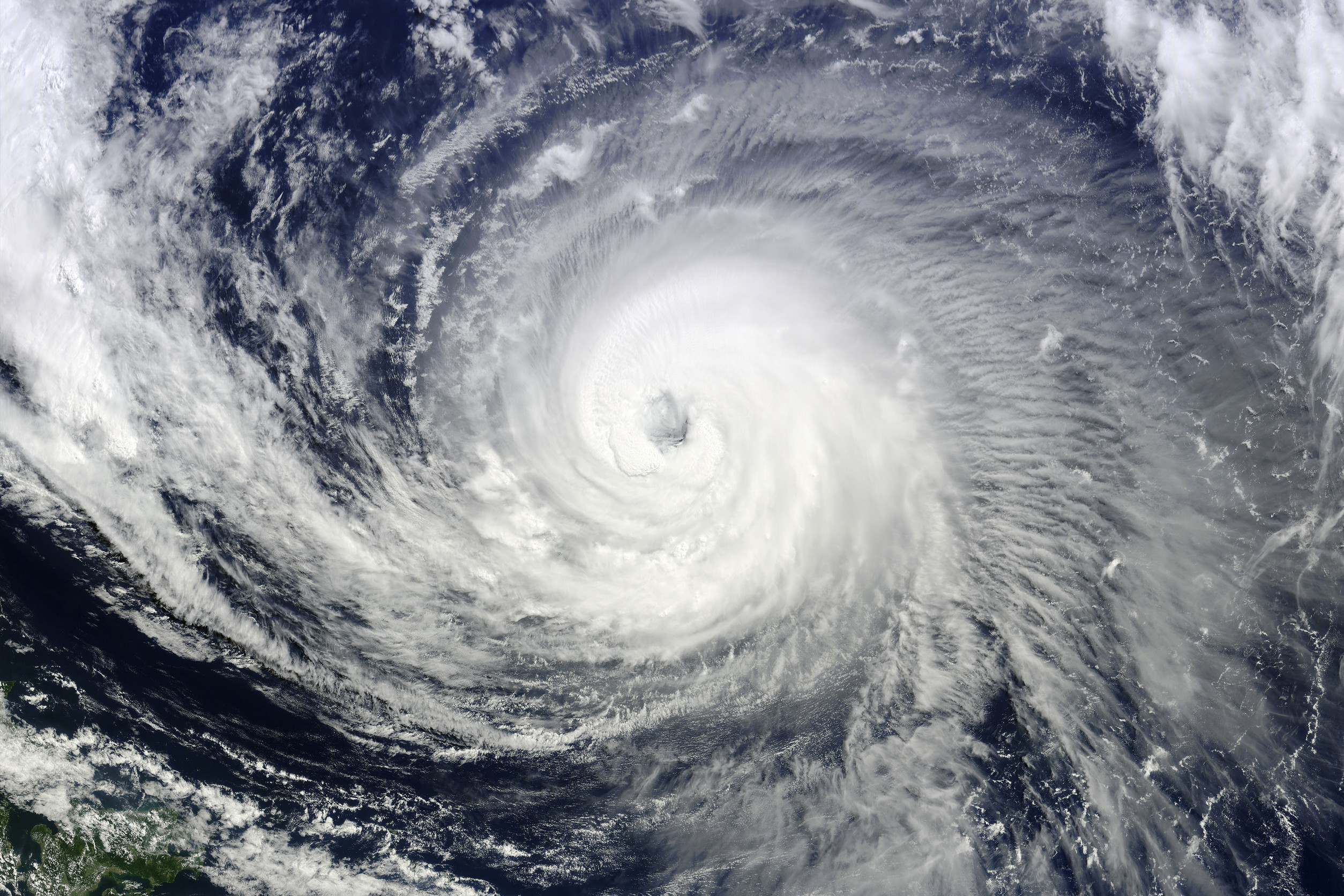The story of American migration has always been one of chasing opportunity, escaping hardship, or simply searching for a better quality of life. Cities rise, flourish, and sometimes fall—usually due to economic shifts, natural disasters, or high living costs. But in some places, the exodus is not so straightforward.
A handful of American cities are shedding residents for reasons that range from bizarre to downright unsettling. These aren’t the typical tales of job shortages or sky-high rent—these are strange stories from cities where something just feels… off.
1. Tulsa, Oklahoma – The Remote Worker Reversal
Tulsa once offered $10,000 incentives to remote workers willing to relocate, and for a while, it worked. The city’s pitch of low costs and wide-open spaces lured hundreds, many hoping to escape expensive tech hubs. But as remote work stabilized, many of those same workers packed up and left, citing social isolation and cultural mismatches. Locals reported that transplants didn’t always integrate well, while some newcomers found the city lacked the lifestyle diversity they were used to. Ironically, the very promise that brought them in—working remotely in peace—also made it easy to leave.
2. New Orleans, Louisiana – Haunted Housing Markets
New Orleans is known for its ghost stories and haunted history, but lately, those tales have taken a toll on its housing market. Several residents have moved out after claiming repeated paranormal experiences in historic homes, especially in older neighborhoods like the French Quarter and Treme. Real estate agents admit that rumors of ghost sightings can seriously impact sales and rentals. Whether these reports are true or just rooted in folklore, the stigma has been enough to cause a notable ripple in population numbers. In a city so steeped in the supernatural, fear has become a real estate factor.
3. San Francisco, California – The Tech Ghost Town Effect
San Francisco’s decline isn’t surprising on the surface—it’s expensive, and remote work emptied out office towers. But what’s truly strange is how quickly entire districts have started to feel abandoned, even during the day. Formerly bustling business hubs like SoMa and the Financial District are now eerily quiet, with restaurants and small businesses shutting down due to a lack of foot traffic. Some longtime residents describe the sensation as living in a “tech ghost town,” where the infrastructure remains but the soul has vanished. The abrupt shift in city energy has left many residents disoriented and eager to relocate.
4. Lake Charles, Louisiana – Storm Fatigue and Insurance Nightmares
Lake Charles has been repeatedly battered by hurricanes, most notably Hurricane Laura in 2020 and Hurricane Delta shortly after. What’s unusual is how many residents have left not just because of physical damage but due to long-term psychological strain. Locals describe the constant threat of storms as emotionally exhausting, with many abandoning the area to avoid living in a state of high anxiety. Even those with undamaged homes have faced sky-high insurance premiums or insurers pulling out entirely. The emotional and financial stress has made staying less about loyalty and more about survival.
5. Scottsdale, Arizona – The Invasion of Luxury Cars and HOA Drama
Scottsdale was once a desert retreat with an artsy, relaxed feel, but something odd has taken hold. Locals report a growing dominance of luxury vehicles, ultra-exclusive developments, and homeowner associations with absurd rules. The city has seen clashes between longtime residents and new wealthy arrivals who demand hyper-regulated environments, from mailbox colors to when garbage bins can be taken out. Some feel that Scottsdale has lost its charm and is now more like a gated showroom than a livable city. The culture shift has driven many residents out in search of authenticity elsewhere.
6. Portland, Oregon – The Endless Protest Perception
Portland has long been a hub for activism, but recent years have seen it become synonymous—fairly or not—with unrest. The city made national headlines for extended protests in 2020, and even though life has largely returned to normal, the stigma has lingered. Some families and professionals have moved out, citing safety concerns even when crime statistics don’t support that fear. Local businesses say the media portrayal has done more harm than reality ever did, with people leaving based on perception rather than experience. This disconnect between reputation and reality has created a strange migration dynamic.
7. Sedona, Arizona – The Crystal Energy Crisis
Sedona is a magnet for spiritual seekers, drawn by its famed energy vortexes and new-age vibes. But that same appeal has created a unique strain on the town. The influx of spiritual tourism has led to a rise in short-term rentals, displacing residents and driving up prices. On top of that, tensions have grown between longtime locals and self-styled healers or influencers who crowd public spaces for ceremonies and social media content. Some residents report feeling like outsiders in their own town, prompting them to leave in search of more grounded communities.
8. Toledo, Ohio – The Rise of AI Robots in Fast Food
In an unusual twist, Toledo has become something of a testing ground for fast food automation, with several chains rolling out AI-driven drive-thru attendants and robotic cooks. While some welcome the innovation, others see it as a disconcerting symbol of a disappearing human workforce. Residents report a decline in entry-level job opportunities, particularly for teenagers and older adults seeking part-time work. The eeriness of interacting with machines for even the simplest tasks has unsettled some, who say it makes everyday life feel cold and transactional. The automation experiment has not only reshaped employment but also triggered an unexpected population shift.
What Is Causing The Big Move?
The reasons people leave cities are becoming more complex—and in some cases, downright strange. From ghostly real estate woes to luxury car domination and even too many robots, these migration trends tell deeper stories about American identity, change, and how people want to live. Cities aren’t just places to live and work—they’re ecosystems of values, energy, and culture. When those elements go off-balance, the results can be sudden and surprising.
What do you think about these unusual migration stories? Leave a comment or share your thoughts below.
Read More
Are Baby Boomers Being Shamed for Living the American Dream?
8 Public Places That Are No Longer Considered Safe by Experts


